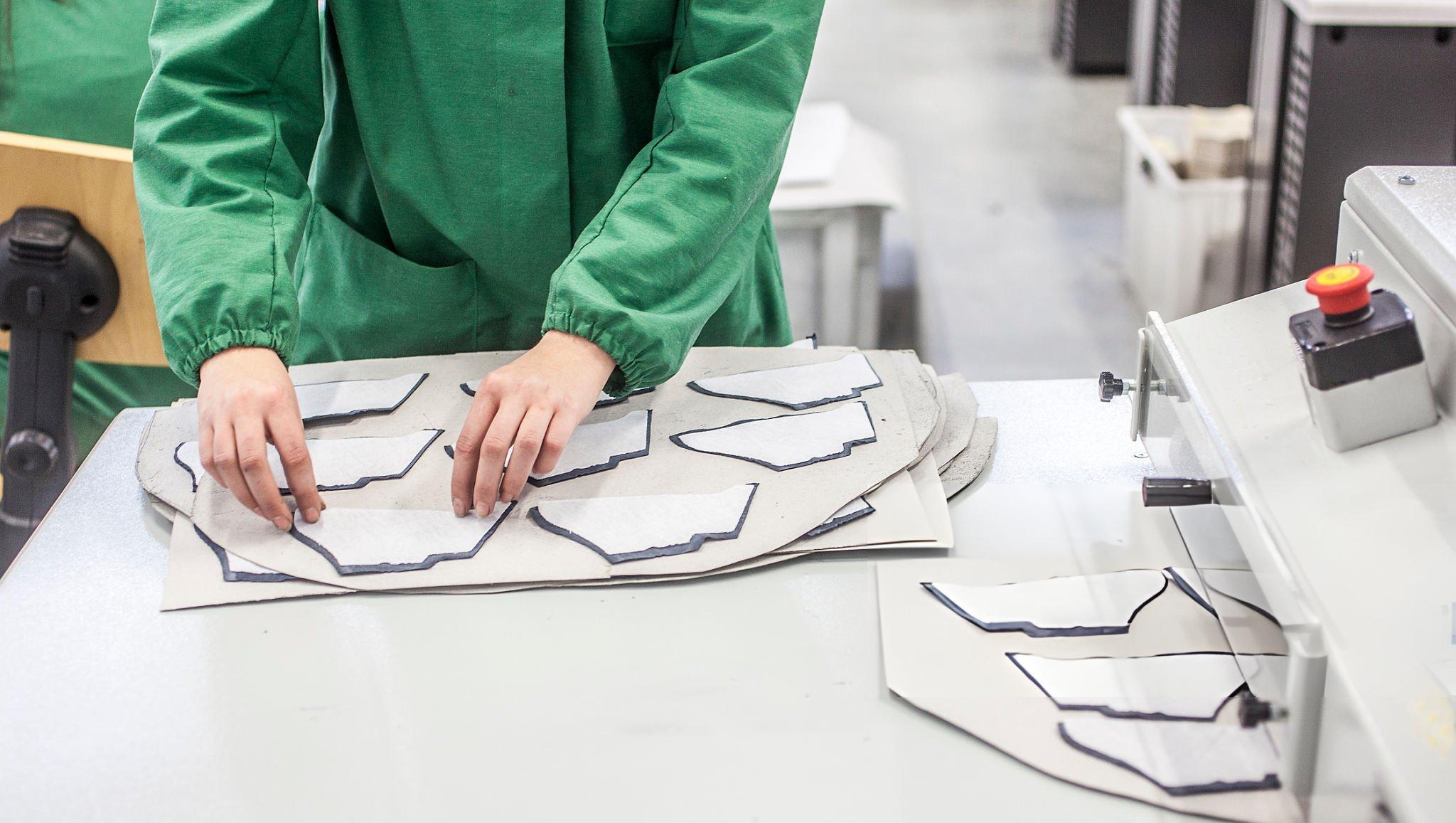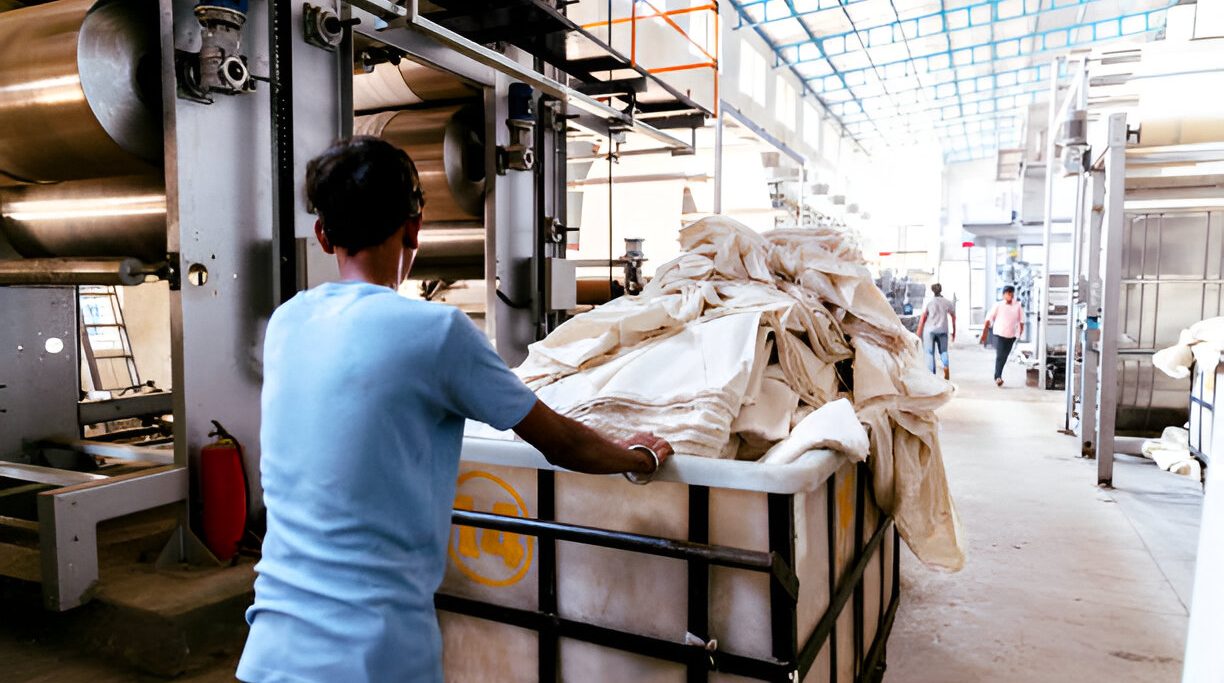In the world of clothing manufacturing, MOQ (Minimum Order Quantity) is a term that plays a pivotal role in determining how brands and manufacturers collaborate. For anyone involved in fashion, whether you’re a startup brand or an established retailer, understanding MOQ is essential for planning production, managing costs, and ensuring the success of your clothing line. This article delves into the intricacies of MOQ in clothing manufacturing, exploring its importance, how it impacts pricing, and strategies for managing and negotiating MOQ effectively.
What is MOQ in Clothing Manufacturing?
MOQ stands for Minimum Order Quantity, which is the smallest number of units a manufacturer is willing to produce in a single production run. MOQs vary significantly depending on the manufacturer, the type of garment, and the complexity of the design. Some manufacturers might set their MOQs at 50 units per style, while others may require orders of 1,000 units or more.
Why Do Manufacturers Set MOQs?
Manufacturers set MOQs for several reasons, all of which are related to cost efficiency and production logistics:
1. Economies of Scale: One of the primary reasons for setting a MOQ is to achieve economies of scale. Producing a larger quantity of items reduces the cost per unit, as fixed costs (such as setup, labor, and machinery use) are spread across a greater number of items.
2. Fabric and Material Requirements: Fabric suppliers often have their own MOQs. For instance, a fabric mill might only sell material by the roll, which could be enough for hundreds or even thousands of garments. If a manufacturer has to purchase an entire roll of fabric, they need to produce a sufficient number of garments to make the purchase cost-effective. In other instances manufactures make the fabric themselves so that they have complete control on the quality of the fabric. In doing so, they have to maintain a certain minimum quantity of fabric they can make which in turn impacts MOQs for the finished products.
3. Production Efficiency: Running a production line involves setting up machinery, calibrating equipment, and coordinating labor. These activities incur costs that do not vary much with the number of units produced. As such, producing a small batch can be inefficient, as the setup costs remain high relative to the production volume.
4. Inventory and Storage: Manufacturers also consider the cost of storing raw materials and finished products. If a manufacturer accepts a small order, they might end up with leftover materials that need to be stored, which can increase overall costs.
5. Impact on quality: Too low of minimum order quantities (MOQs) can impact the quality of garments manufactured, as smaller production runs may lead to increased variability in the manufacturing process, and potentially lower consistency in the final product.
The Impact of MOQ on Clothing Brands
For clothing brands, especially startups and small businesses, MOQ can be a double-edged sword. While high MOQs can lead to lower per-unit costs, they also require a significant upfront investment. This can be challenging for brands with limited capital, as it increases the risk of holding excess inventory.
High MOQs: Pros and Cons
Pros:
– Lower Per-Unit Costs: Higher MOQs typically result in lower manufacturing costs per unit, as the fixed costs are spread across a larger number of items.
– Better Negotiating Power: Larger orders can give brands more leverage in negotiating prices and terms with manufacturers.
– Consistency in Production: High MOQs ensure that the entire order is produced in a single batch, leading to greater consistency in quality and color matching.
Cons:
– Higher Upfront Costs: Meeting a high MOQ requires a significant upfront investment, which can be risky for new or small brands.
– Risk of Excess Inventory: If the products don’t sell as expected, brands may be left with unsold inventory, which ties up capital and storage space.
– Limited Flexibility: High MOQs can limit a brand’s ability to test new designs or pivot quickly in response to market trends.
Low MOQs: Pros and Cons
Pros:
– Lower Risk: With lower MOQs, brands can produce smaller batches, reducing the risk of overproduction and excess inventory.
– Greater Flexibility: Brands can experiment with different designs, fabrics, and styles without committing to large quantities.
– Reduced Storage Costs: Smaller production runs mean less inventory to store, which can be beneficial for brands with limited warehouse space.
Cons:
– Higher Per-Unit Costs: Lower MOQs often come with higher per-unit costs, as the fixed costs are spread across fewer items.
– Limited Negotiating Power: Smaller orders may result in less favorable pricing and terms from manufacturers.
– Potential for Inconsistencies: Producing smaller batches in multiple runs can lead to variations in color, fabric, or quality.
Strategies for Managing and Negotiating MOQ
For brands looking to manage or negotiate MOQs, several strategies can help strike the right balance between cost and production needs:
1. Negotiate with Manufacturers: While manufacturers have their standard MOQs, these are often negotiable, especially if you can demonstrate long-term potential. Building a strong relationship with your manufacturer can lead to more flexible terms.
2. Consolidate Orders: If you’re producing multiple styles or colors, consider consolidating your order to meet the MOQ. For example, if the MOQ is 500 units per style, you might be able to order 250 units in two different colors to meet the total requirement.
3. Pre-Orders and Crowdfunding: These strategies allow you to gauge demand before committing to large orders. By securing pre-orders or using crowdfunding platforms, you can raise the necessary capital to meet higher MOQs with less financial risk.
4. Partner with Other Brands: If your brand has a similar aesthetic or target market as another, consider partnering to place a combined order that meets the MOQ. This approach allows both brands to benefit from lower costs without overcommitting.
5. Opt for Small-Batch Manufacturers: Some manufacturers specialize in small-batch production and cater to emerging brands or those with unique requirements. While the per-unit cost may be higher, the reduced financial risk can make this a viable option for startups.
6. Build Relationships with Suppliers: Establishing a good relationship with your fabric and material suppliers can also help in managing MOQs. Sometimes, suppliers are willing to be more flexible with MOQs if they see the potential for ongoing business.
7. Long term planning: Long term production planning of garments allows manufacturers to establish a sense of partnership and commitment with their clients. This foresight enables manufacturers to optimize their production processes, allocate resources more efficiently, and reduce costs over time. As a result, they may be more willing to offer competitive pricing or reduced costs to clients who demonstrate long-term commitment.
MOQ is a critical factor in clothing manufacturing that can significantly impact the cost, production, and overall success of a clothing brand. Understanding why manufacturers set MOQs, and how these affect your business, is essential for making informed decisions about production and inventory management. By employing strategies like negotiation, order consolidation, and pre-orders, brands can better manage MOQs and create a sustainable production model that supports growth and profitability. Whether you’re a new brand entering the market or an established player, navigating the complexities of MOQ is key to achieving success in the competitive world of fashion.



